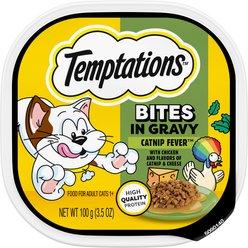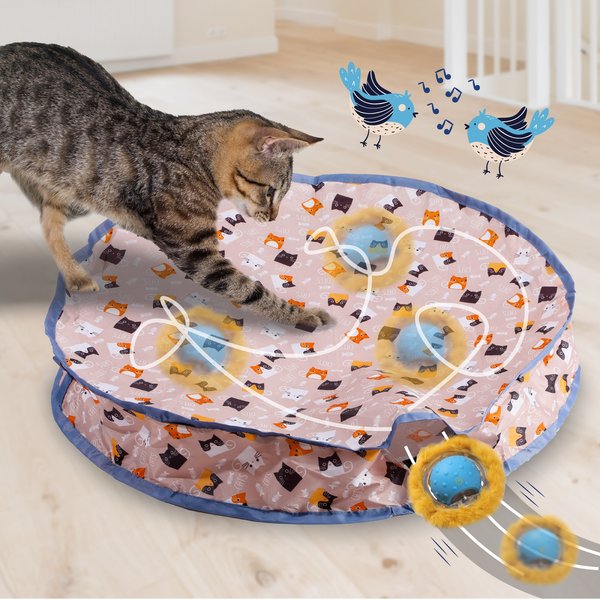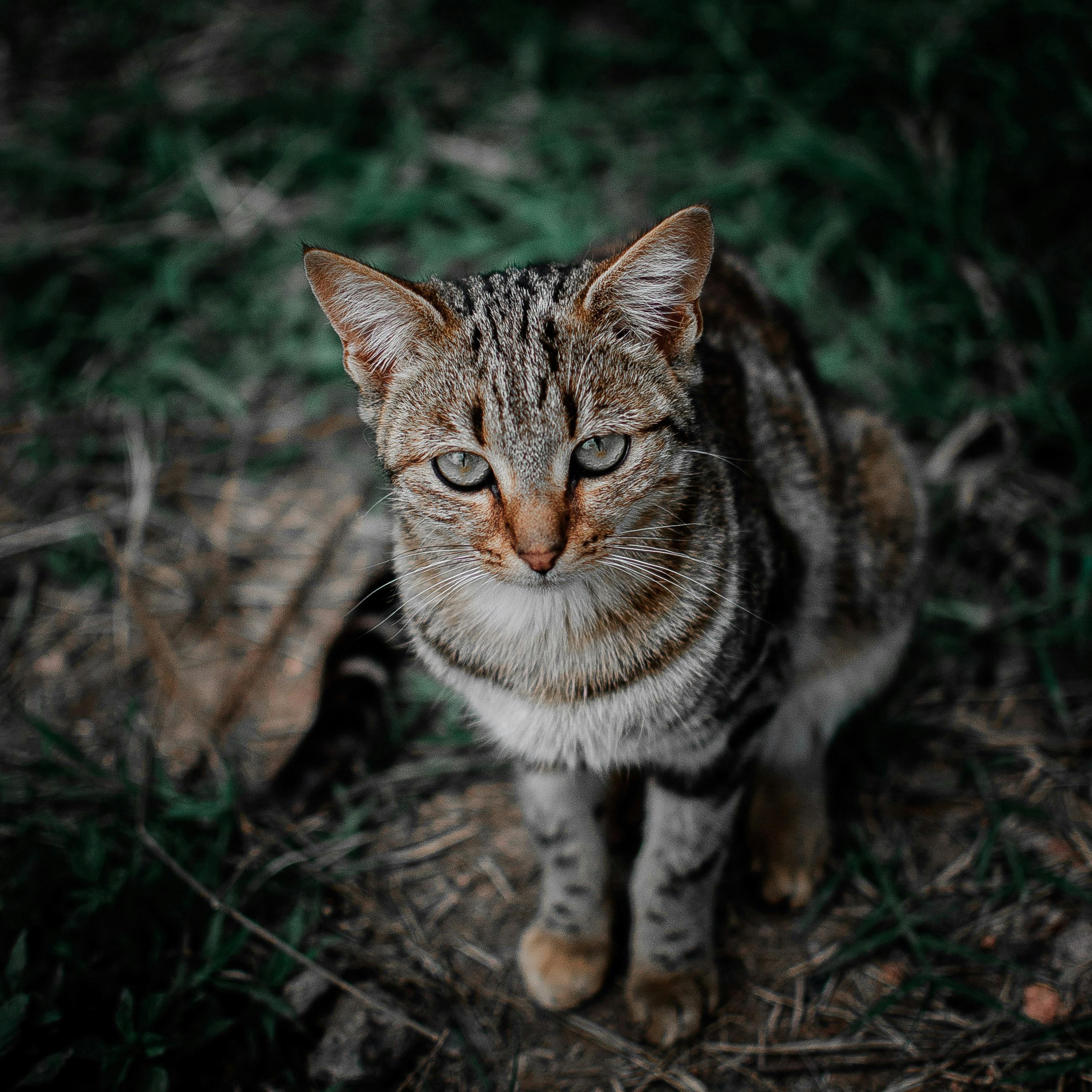

The Wet vs. Dry Cat Food Dilemma: What’s Best for Your Feline?
Choosing the right cat food can feel like navigating a maze! Wet or dry? It’s a question every cat owner faces, and the answer isn’t always straightforward. This guide will break down the pros and cons of both wet and dry cat food, helping you make the purr-fect decision for your kitty’s health and happiness. We’ll cover everything from hydration to dental health, so you can make an informed choice for your feline friend.
Understanding Your Cat’s Nutritional Needs
Before diving into the specifics of wet vs. dry food, it’s important to understand what cats need from their diet. As obligate carnivores, cats require a diet rich in protein and moderate in fats, with minimal carbohydrates. The primary goal of any cat feeding strategy should be to fulfill these requirements.
Both wet and dry food can meet these needs, but they do so in different ways. Dry food offers convenience and potential dental benefits, while wet food excels in hydration and palatability. Let’s explore the specifics of each option.

Photo by: Pixabay
Wet Cat Food: The Hydration Hero
Wet cat food is characterized by its high moisture content, typically around 70-80%. This is a major advantage, as many cats don’t drink enough water on their own. Adequate hydration is crucial for kidney function and preventing urinary tract issues.
However, choosing a cat feeding strategy that revolves around wet food is not without its drawbacks.
Pros of Wet Cat Food
- High Moisture Content: Supports hydration, kidney health, and urinary tract function.
- High Protein Content: Many formulas boast higher protein levels, closer to a cat’s natural diet.
- Palatability: The strong aroma and soft texture often appeal to picky eaters and senior cats.
- Easier Portion Control: Typically packaged in single-serving portions, simplifying meal management.
Cons of Wet Cat Food
- Higher Cost: Generally more expensive per serving than dry food.
- Shorter Shelf Life: Spoils quickly once opened and requires refrigeration.
- Potential Dental Issues: Doesn’t offer the same dental benefits as dry food.
- Messier to Serve: Can be stickier and more prone to making a mess.

Photo by: Mwabonje Ringa
Dry Cat Food: The Convenient Choice
Dry cat food, also known as kibble, is a popular choice due to its convenience and affordability. It typically contains around 10% moisture.
A good cat feeding strategy always includes the pros and cons of available options.
Pros of Dry Cat Food
- Convenience: Easy to store, measure, and serve.
- Dental Health: Chewing can help scrape away plaque and tartar.
- Cost-Effective: Generally more affordable than wet food.
- Longer Shelf Life: Stays fresh for longer periods.
Cons of Dry Cat Food
- Lower Moisture Content: Can contribute to dehydration if not supplemented with adequate water intake.
- Higher Carbohydrate Content: Some formulas may contain more carbohydrates than ideal for cats.
- Processed Ingredients: May contain additives and fillers.
Understanding Your Cat’s Preferences: Observation is Key
The best cat feeding strategy involves paying close attention to your cat’s individual needs and preferences. Observing their eating habits, weight, and overall health is the best way to personalize their diet.
- Does your cat drink enough water? If not, wet food might be a better primary option.
- Is your cat a picky eater? Wet food’s stronger aroma might be more appealing.
- Does your cat have dental issues? Dry food could help, but consult your vet for specific recommendations.
Combination Feeding: The Best of Both Worlds?
Many cat owners find that a combination of wet and dry food offers the ideal balance. This approach allows you to leverage the benefits of both while mitigating their drawbacks.
For example, you could offer dry food for free-feeding during the day and supplement with a portion of wet food in the evening for added hydration and enjoyment. Just remember that portion control is still crucial to prevent overeating.
Transitioning Your Cat’s Diet: A Gradual Approach

Photo by: Sornbhakkanut Boonprasop
When switching between wet and dry food (or changing brands), a gradual transition is essential to avoid digestive upset. Mix a small amount of the new food with their current food, gradually increasing the proportion of the new food over 7-10 days.
Consulting Your Veterinarian: The Expert Opinion
Your veterinarian is your best resource for personalized dietary advice. They can assess your cat’s specific needs and recommend the most appropriate feeding plan. Discuss the pros and cons of wet and dry food with your vet to determine the best approach for your feline friend.
Conclusion: A Happy and Healthy Cat
Ultimately, the best choice between wet and dry cat food depends on your cat’s individual needs, your lifestyle, and your vet’s recommendations. By understanding the pros and cons of each option and observing your cat’s preferences, you can create a feeding plan that promotes their health and happiness.
Prioritizing your cat’s well-being strengthens your bond and ensures a more fulfilling relationship.
Join our community of cat lovers and share your experiences! What cat feeding strategies have worked best for you? Let’s learn from each other and improve the lives of cats everywhere.

